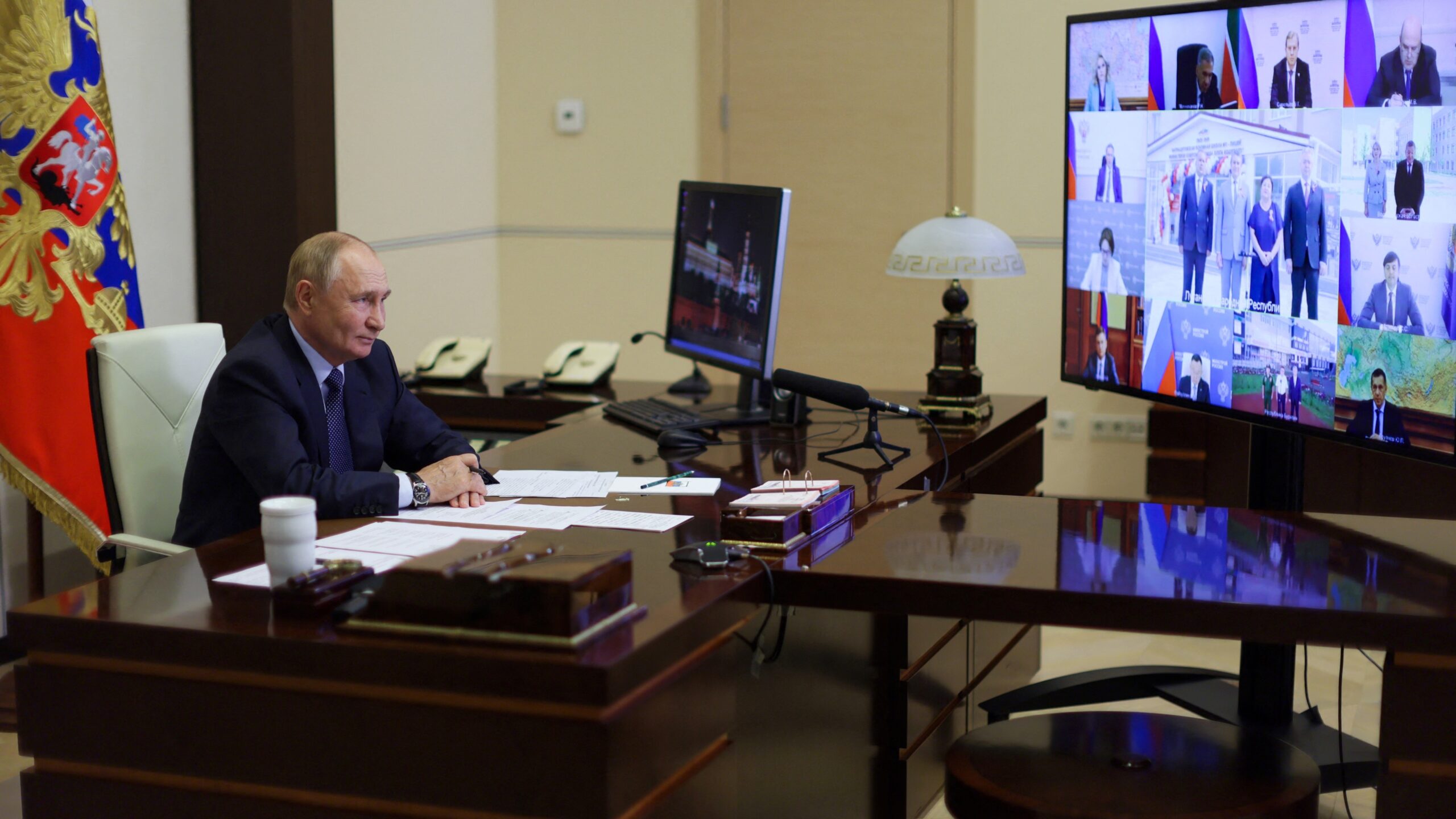No, this is not the famous AC/DC song, this is the current situation in the Ukrainian war. Though constantly denied In the Western mainstream media, Ukraine’s outlooks are worsening day by day. Modern wars are based on industrial output much more than anything else, yet in a country ravaged by war for more than two and a half years and under constant bombardment by its opponent, logically it is next to impossible to produce enough weapons to fight even a defensive war.
As the war drags on, Hungary’s eastern neighbour is becoming ever more dependent on Western military equipment, especially long-range weapons such as the MLRS or ATTACMS missiles. Both are launched from the same vehicles, either the tracked M270 MLRS or the wheeled, less protected but more mobile M142 HIMARS. Ukraine received both systems along with an unspecified number and type of missiles. The 50 plus supplied systems contribute significantly to Ukraine’s successes as the only long-range artillery of the Ukrainian armed forces, especially after the depletion of ex-Soviet Tochka-U artillery ballistic missile stocks in mid-2023.
Missiles can be fired from these launchers with a variety of payloads from hundreds of submunition (small explosive devices) packs, to 182,000 (!) pre-formed tungsten fragments and conventional high explosive warheads. The range of these projectiles vary from 25 to 300 kilometres. The latter is the range of the long-range version of the ATACMS missile already used against Russian targets in occupied Ukrainian territories.
President Zelenskyy’s request to cancel the GPS guidance limitations which block their use against Russian territories has been repeated for months now. Should the US approve their use against Russian military targets further away from the border, such as airfields, command centres, ammunition depots, logistic hubs, electronic warfare equipment, and so forth, Ukraine could change the gloomy outlook of the conflict. At least according to him. Precision strikes on these targets would definitely mean high costs for Russia, and would undeniably slow down Russian operations to recapture Ukrainian occupied territories in the Kursk region. For example, Russian reluctance to use hangars to protect their valuable military jets have caused grave losses to them, and in most cases HIMARS or ATACMS rockets were to blame.
However, it is highly unlikely that these attacks would bring Russia to the negotiating table, and it is even less probable that they would prompt it to admit defeat.
On the contrary: see President Putin’s remarks on cancelling the former, yet undeniably harsh Russian terms of peace for Ukraine. Nevertheless, a number of issues do arise from President Zelenskyy’s request.
First of all, allowing Ukraine to attack such sensitive areas would underplay Russian propaganda which claims that it is at war with the whole West not only with the Ukraine. Though the above objects are valid militarily targets by all accounts, such a move would probably cross the undefined boundaries of a proxy war, thus threatening a serious international escalation of hostilities. For obvious reasons, the global hegemon US has avoided so far overly upsetting Russia, for example by not delivering his own fighters, but letting allies deliver F-16s. So much about red lines.
Secondly, although some serious results have been achieved using HIMARS and MLRS such as the disabling of the Antonovskiy bridge, leading to Russian withdrawal from the majority of the Kherson Oblast, these are still GPS-guided ballistic missiles which can be jammed or intercepted mid-air, in both of which Russians are increasingly successful. Naturally it doesn’t mean, contrary to Russian propaganda, that these missiles can be neutralized, but their efficiency can be clearly decreased. In light of that, the undisclosed but definitely limited quantity of missiles that can be delivered to Ukraine is not worth it, from an American government point of view, to upset the balance of power.
There are a number of conventional weapons whose appearance in US adversaries’ hands can cause serious damage to American interests all around the world. It is not difficult to imagine the threat posed by hypersonic anti-ship weapons, barely interceptable by contemporary air defence weaponry, on commercial ships, not only in the Red Sea. Arming let’s say Mexican drug cartels with modern anti-tank equipment could also seriously hamper US efforts to block the flow of drugs into the country. Though civilian casualties are high in Ukraine from the onset of war, there have not been reports of large-scale, targeted Russian attacks on government or civilian buildings, except in contested areas. Finally, NATO assets helping Ukraine to fight its war against Russian aggression were usually left unharmed such as drones and other surveillance or intelligence assets, from spy satellites to AWACS planes in international airspace.
Based on the above, there are a number of ways in which this current conflict can escalate quickly and unstoppably. This is clearly not in the interests of either the US or Russia, not to mention the international community, which is less and less inclined to follow the MSM, aka the Western narrative. The former Third World or Global South could and probably would also exert pressure on the US not to escalate, fearing its consequences.
And there is one more, barely mentioned area of escalation: the border between Belarus and Ukraine.
According to reports, there is Russian concentration of force not far from the border. Though direct hostility between the two neighbour states is unlikely at the moment for a number of reasons, the more difficulties Ukraine faces, the more tempting it will be for president Lukashenka, a close ally of President Putin, to try to carve out something from this conflict for his country. Not necessarily territory, but also longer-term advantages. The country of 14 million, still unstable following the 2020/21 wave of protests after hundreds of thousands of people took to the streets following questionable electoral results, opening a new front not far from the Ukrainian capital of Kyiv would definitely mean very difficult times for the Ukrainian military and political leadership.
According to some news it is not the Belarusian military that is deployed on the Ukrainian border but remains of the Wagner PMC group that fled to Belorussia after the unsuccessful revolt by Valeriy Prigozhin. Whatever the case, the clear and present military danger of either regular or mercenary forces cannot be left unattended to, especially so close to the capital.
Whether the outgoing US president decides to escalate, or the other side to the conflict makes a decision to attack Ukraine from a new direction, it is difficult not to see the situation as being on the highway to hell.
Read more from the same author:







